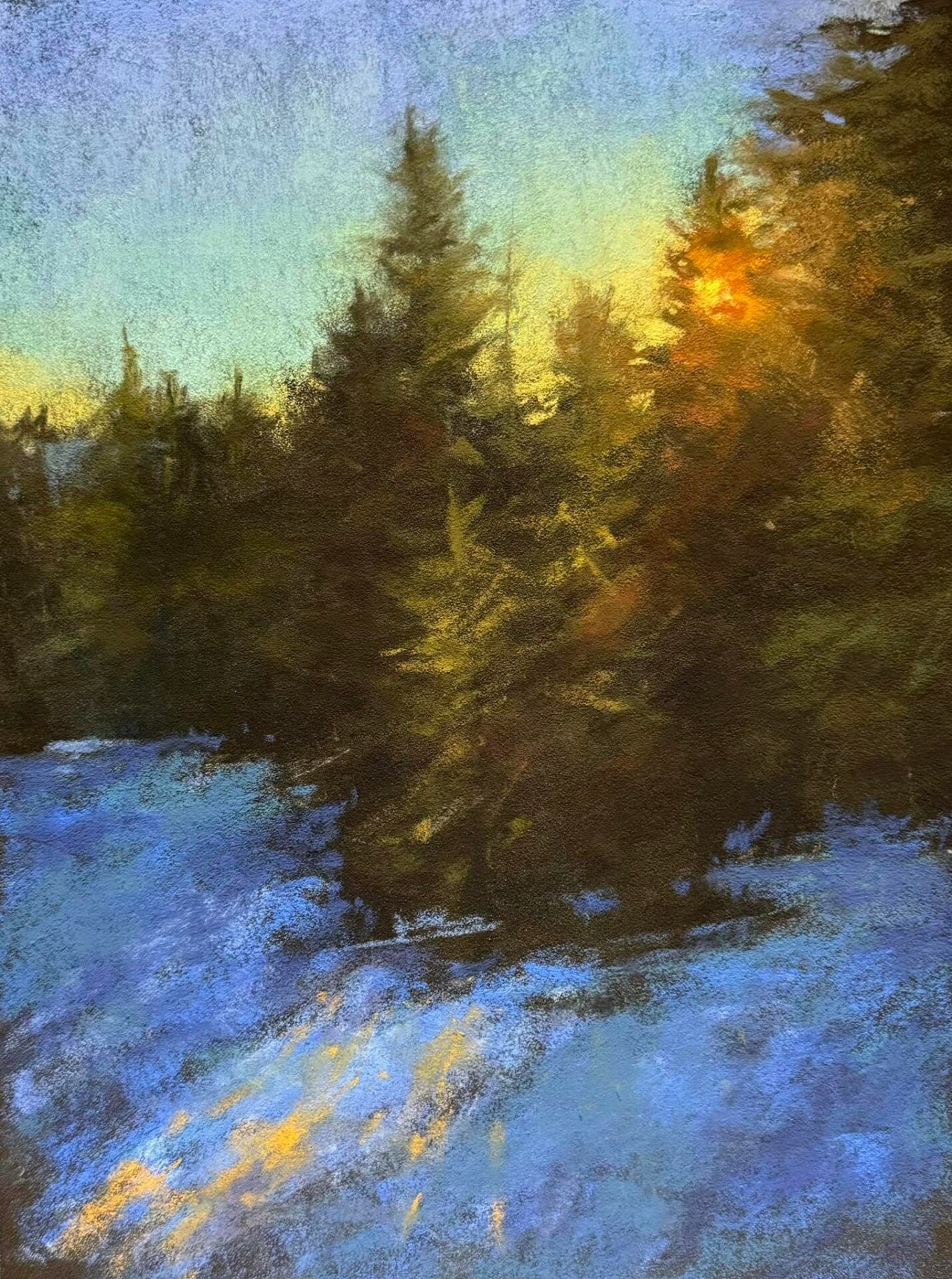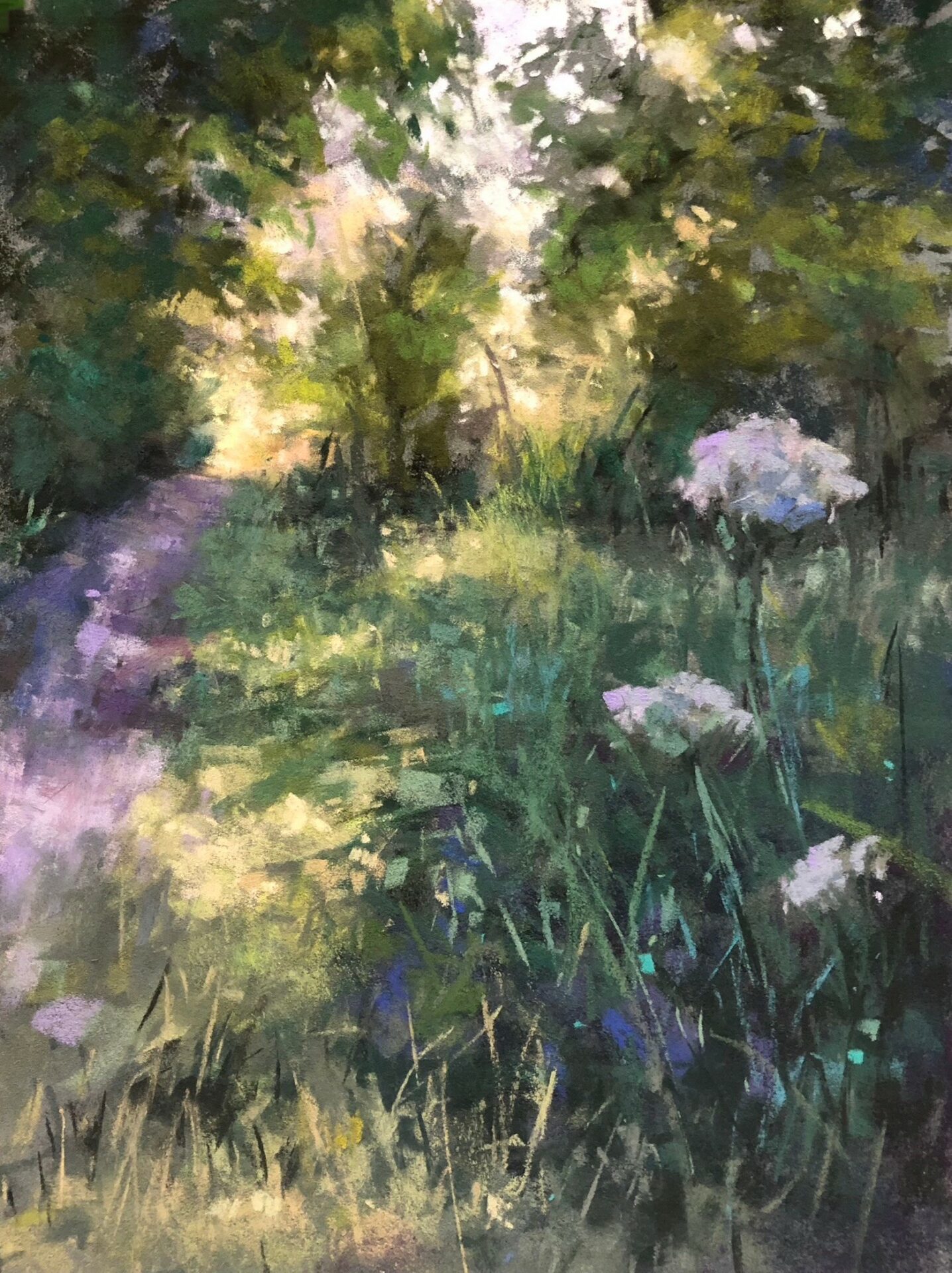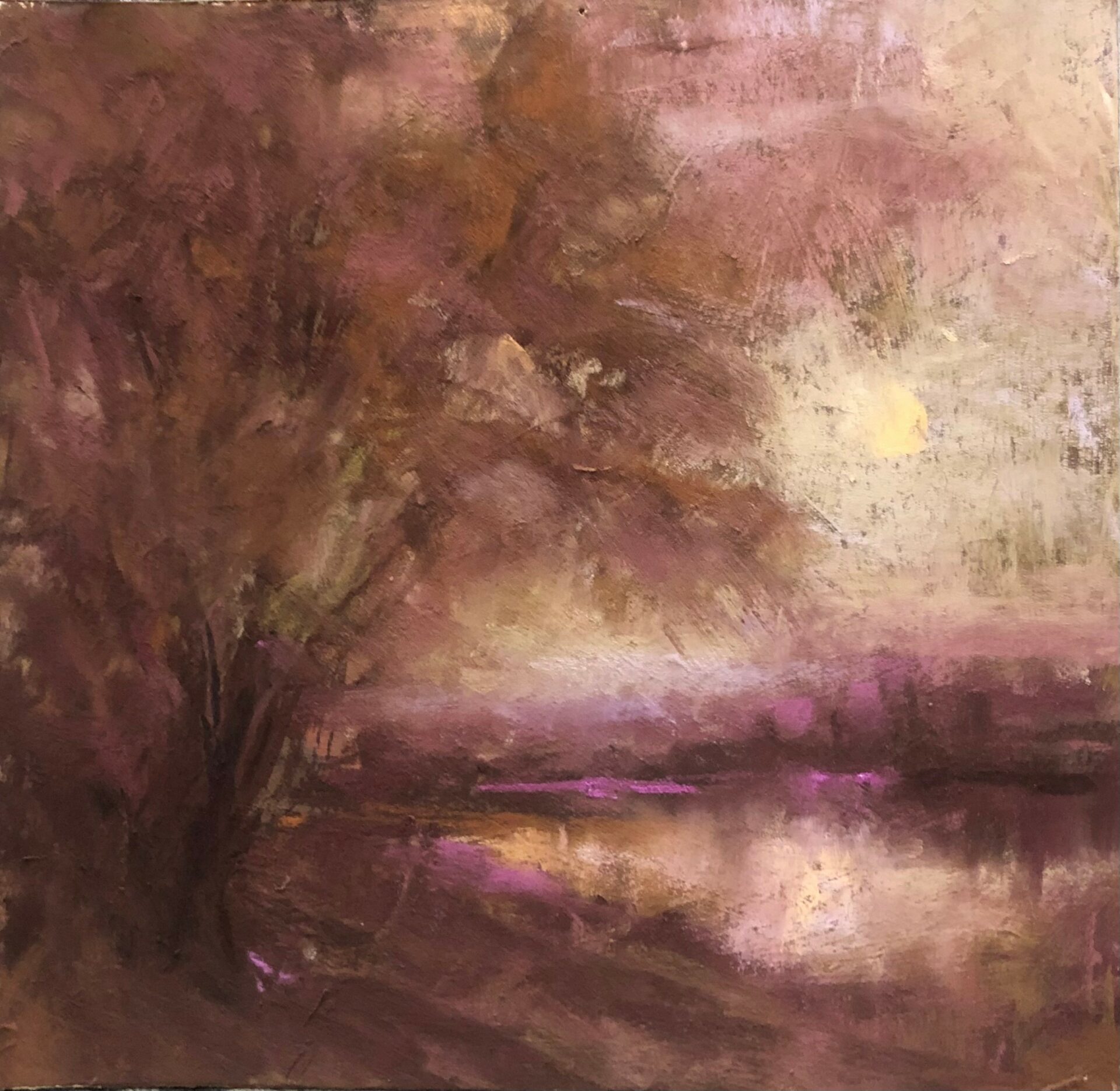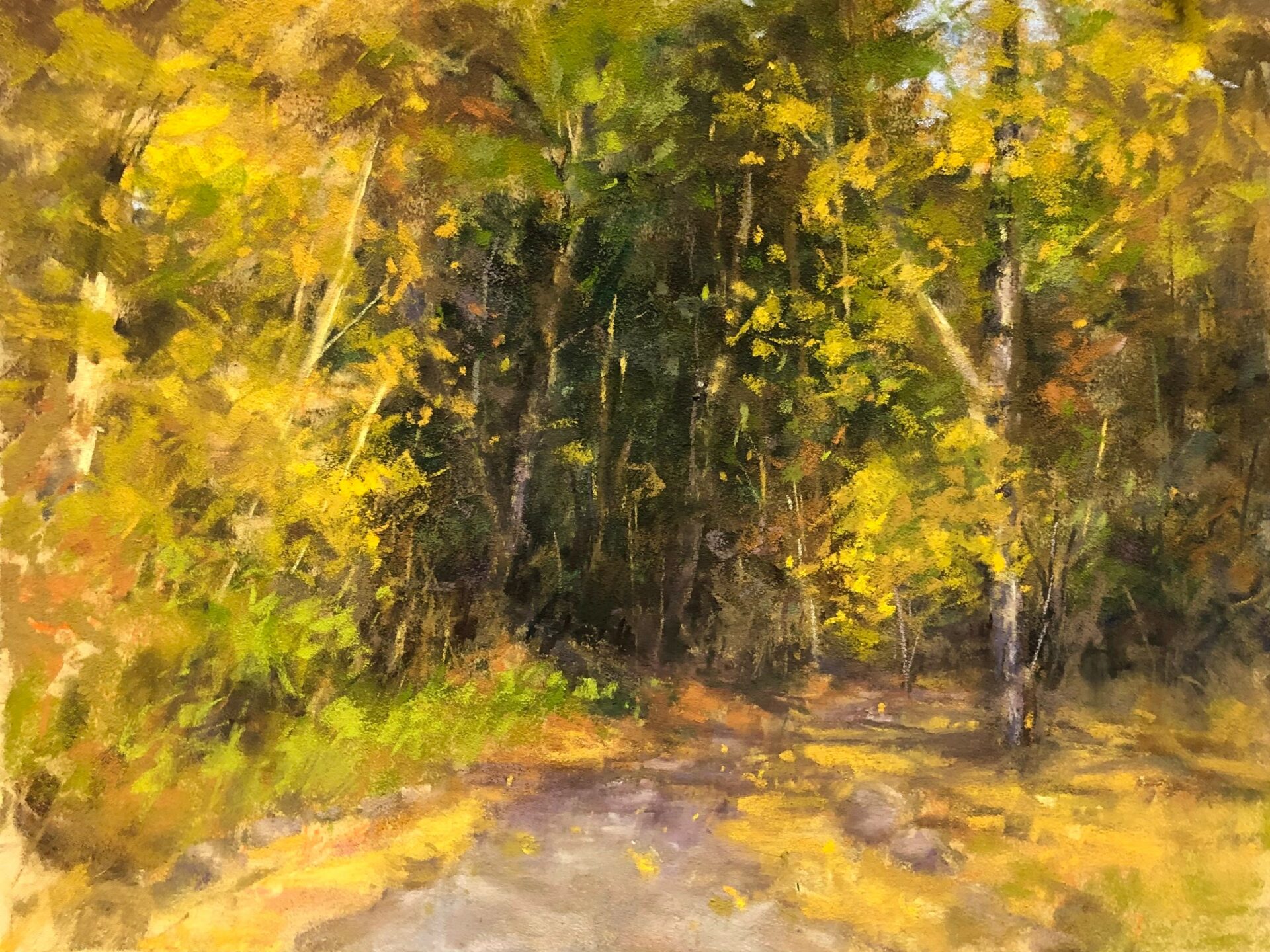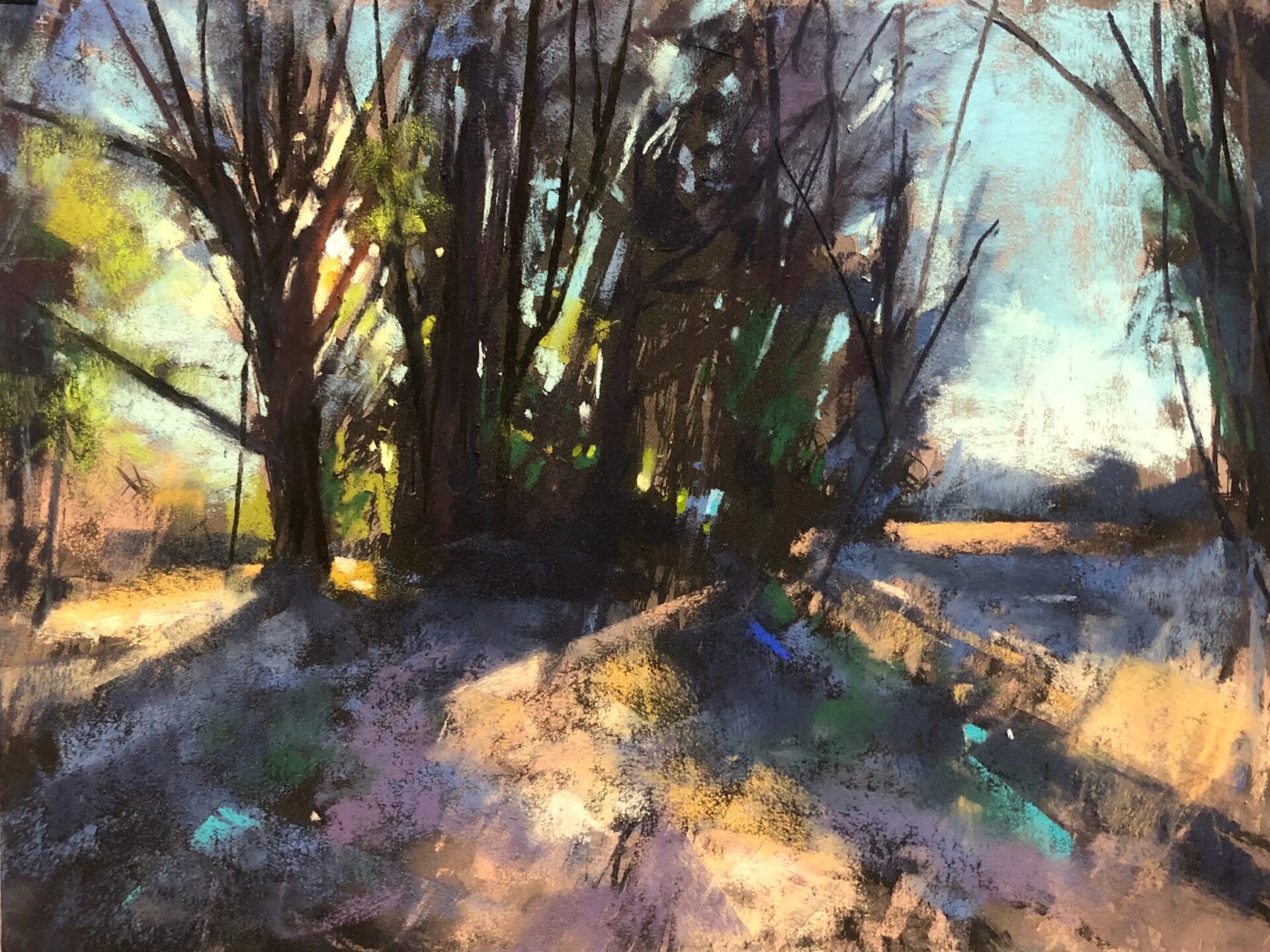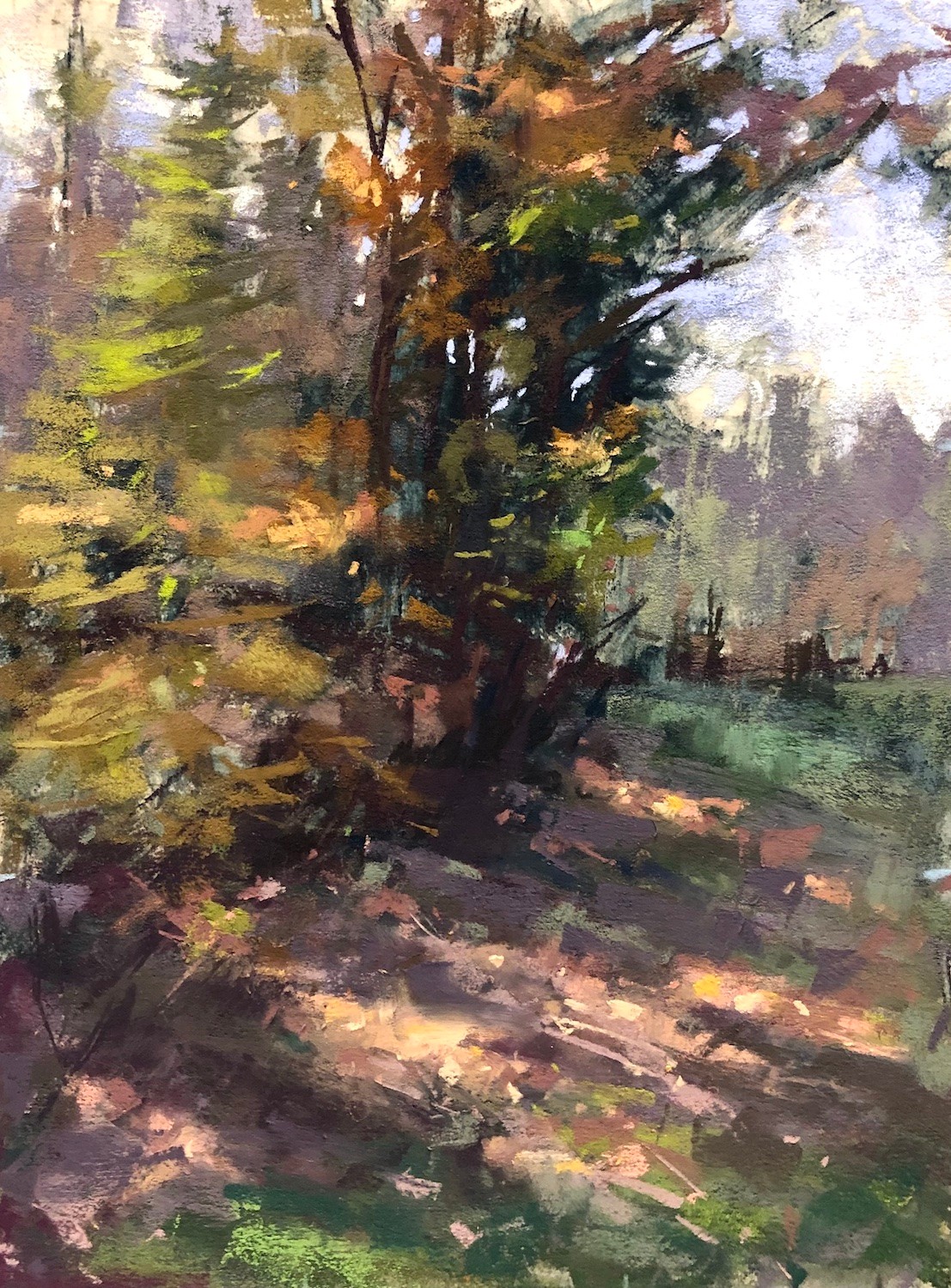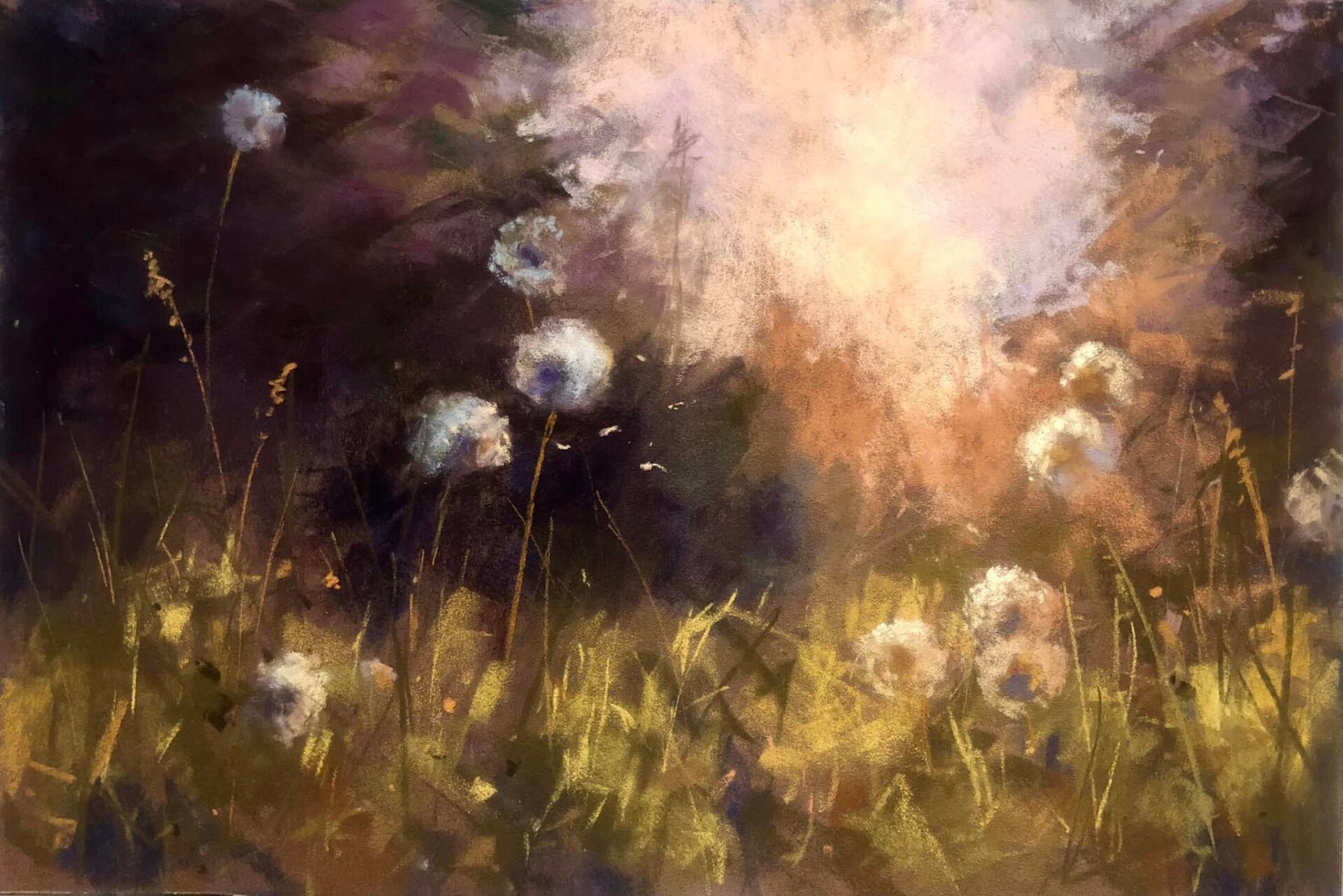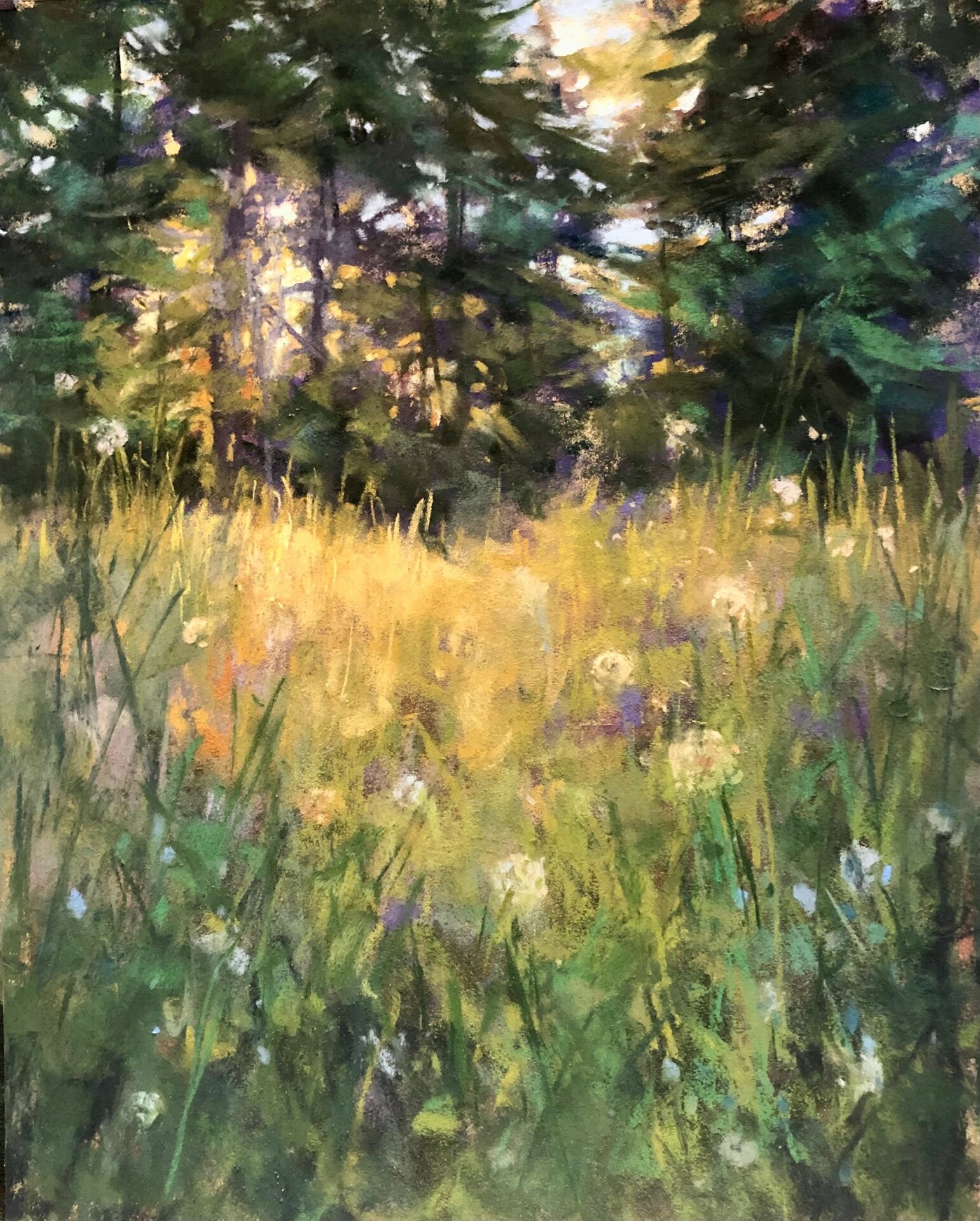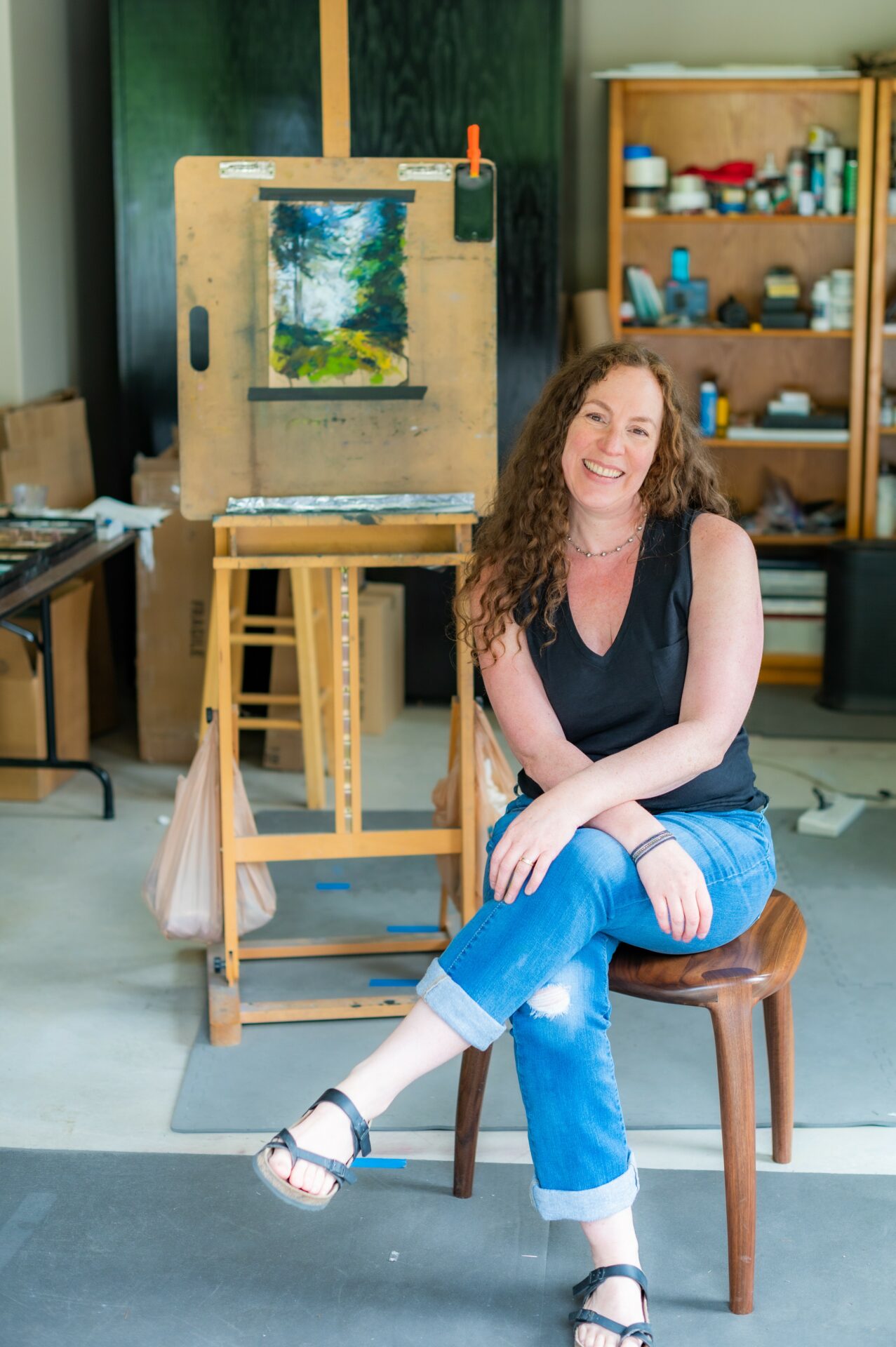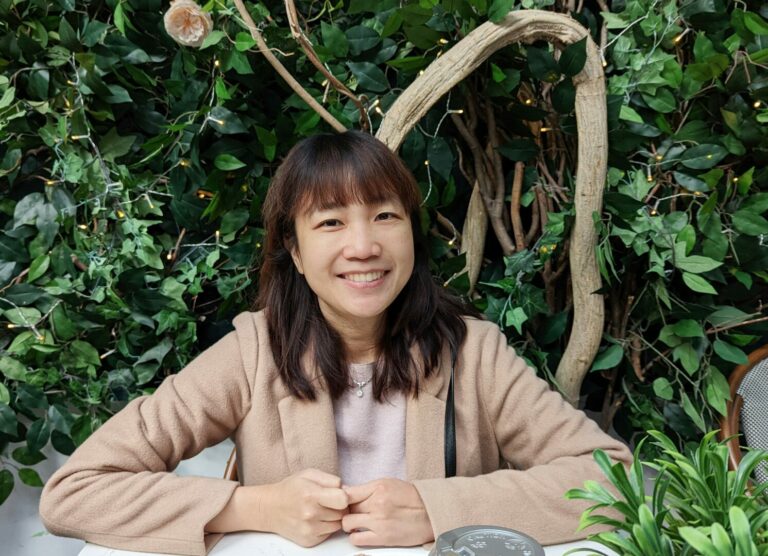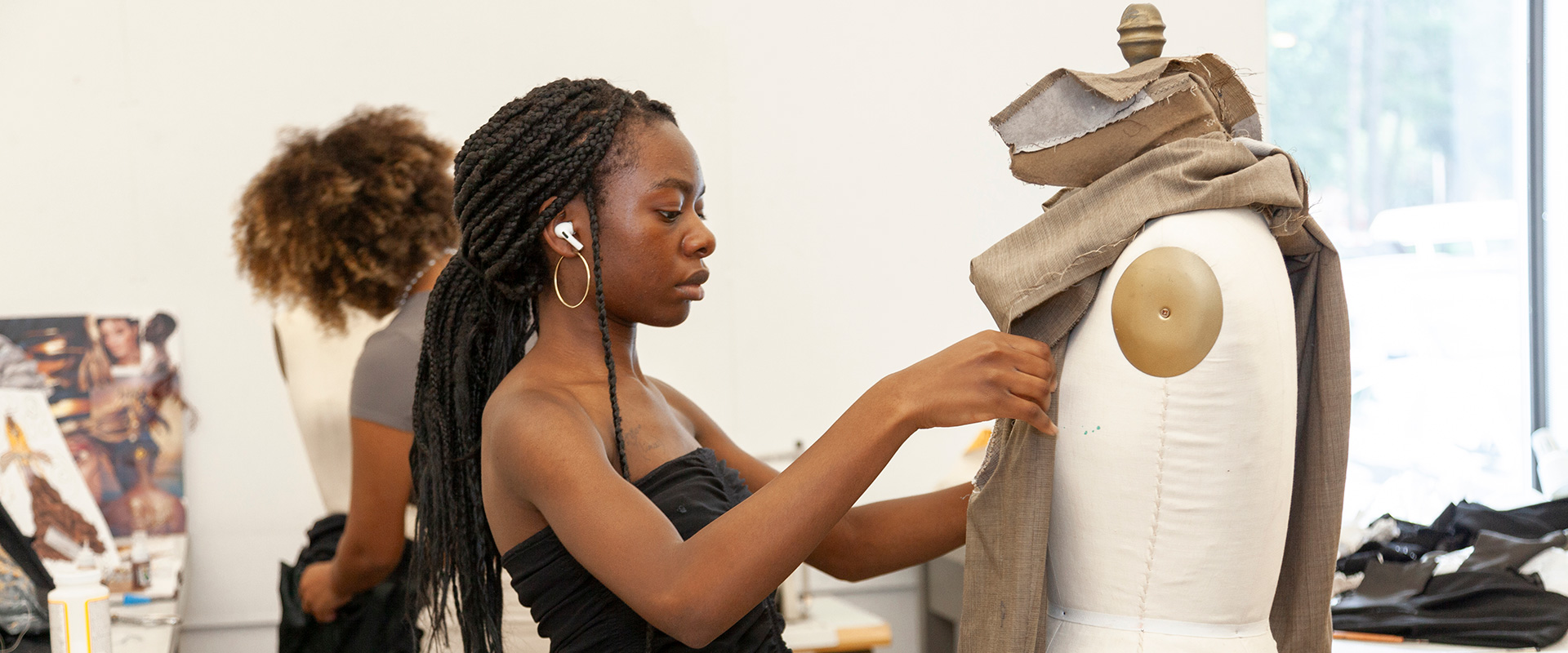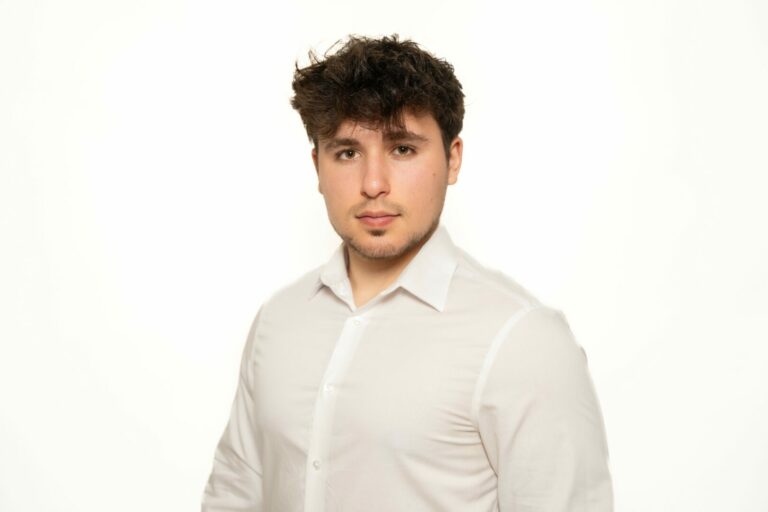We’re excited to introduce you to the always interesting and insightful Kim Eshelman. We hope you’ll enjoy our conversation with Kim below.
Kim , so great to be with you and I think a lot of folks are going to benefit from hearing your story and lessons and wisdom. Imposter Syndrome is something that we know how words to describe, but it’s something that has held people back forever and so we’re really interested to hear about your story and how you overcame imposter syndrome.
I think many creatives experience imposter syndrome at some point in their career. It’s difficult to pinpoint exactly why. Not having a formal education in the arts has certainly played a role for me in not feeling good enough from time to time. But becoming more engaged in the artistic community and realizing just how many successful artists don’t have formal educations helps me put that aspect in perspective.
Being in the studio day in and out and seeing the failures that aren’t shared with others can be challenging. When you put time and effort into something that doesn’t materialize how you’ve envisioned it, it’s easy to get discouraged and think “I’m not good enough. I don’t know how to paint. Who am I kidding?!” I try to offset those feelings of inadequacy by realizing that it’s all part of the creative process. When someone buys a work of art, they aren’t just purchasing the tangible object. They’re paying for the tears and sweat, the frustrations and hard work the artist has put into their craft over the years.
Thanks, so before we move on maybe you can share a bit more about yourself?
I’m an American contemporary artist working in pastel. For years I worked in acrylic, watercolor, and mixed media, and still love to incorporate these mediums into my pastel work. I’ve fallen in love with the immediacy of using dry pigment and it’s become my sole medium. It gives me the ability to combine the aesthetics of drawing into my work, and I love slashing in hatch marks or allowing the underlying armature to become part of the finished painting.
In December I participated in the International Pastel Masters Exhibition Tour of Taiwan along with eight other artists from around the globe. The exhibition traveled through three cities and was a great success. 2024 is going to be exciting. I’ve been invited back to exhibit with the Pastel en Périgord International Salon and I’ll be visiting France this year to attend in person.
On September 17 I’ll be sharing a demo for PastelLive Essentials Day which is exciting for me! It’s the largest pastel workshop in the world with over 25 instructors. For a 10% discount you may enter the promo code ESHELMAN at checkout. https://pastellive.com/pastel-live-2024
Looking back, what do you think were the three qualities, skills, or areas of knowledge that were most impactful in your journey? What advice do you have for folks who are early in their journey in terms of how they can best develop or improve on these?
Most importantly, be open to experimentation. It’s how we find our voice as artists. I know a lot of very successful artists who have found a set structure which they employ each time. They use the same substrate, brand of paints, and method of working. There’s absolutely nothing wrong with this, and in fact there’s a lot to be said for finding a method that works for you and honing it to a fine art. However, I would personally get bored if I stuck to one way of working. I enjoy constantly trying new substrates, paints, underpainting techniques, you name it. I think this attitude toward experimentation opens a door for new ideas to enter. It keeps creativity alive.
Also, paint the same subject multiple times. If you have a great reference photo, still life, model, plein air location, and you think because you’ve already created a work of art from it you’re finished, you’re wrong. Try finding 10 different ways to paint the same subject. Whether you change your palette, format, perspective, etc, doing this will help you realize that it isn’t the subject that matters but what you say about it. Once you realize this, you’ll never run out of things to paint.
Finally, paint like you have nothing to lose. After all, if a painting doesn’t work out, you can paint over it. You might just make a masterpiece.
What would you advise – going all in on your strengths or investing on areas where you aren’t as strong to be more well-rounded?
When it comes to painting, I could paint the landscape forever and never get tired of it. It seems that the more I paint my favorite subject (the landscape, and trees in particular) I find that there’s so much more to learn. I’d rather be an expert in one subject than a dilettante in several. That said, I do like to branch out and paint the occasional still life or portrait when the desire hits because I think it’s good to keep our options open. I don’t ever want to be pigeonholed as that “tree artist”. If I want to paint a rose, I’ll paint a rose.
Contact Info:
- Website: www.kimeshelman.com
- Instagram: kim_eshelman
- Facebook: Kim Eshelman Fine Art
- Youtube: A Painterly Approach to Pastel with Kim Eshelman
